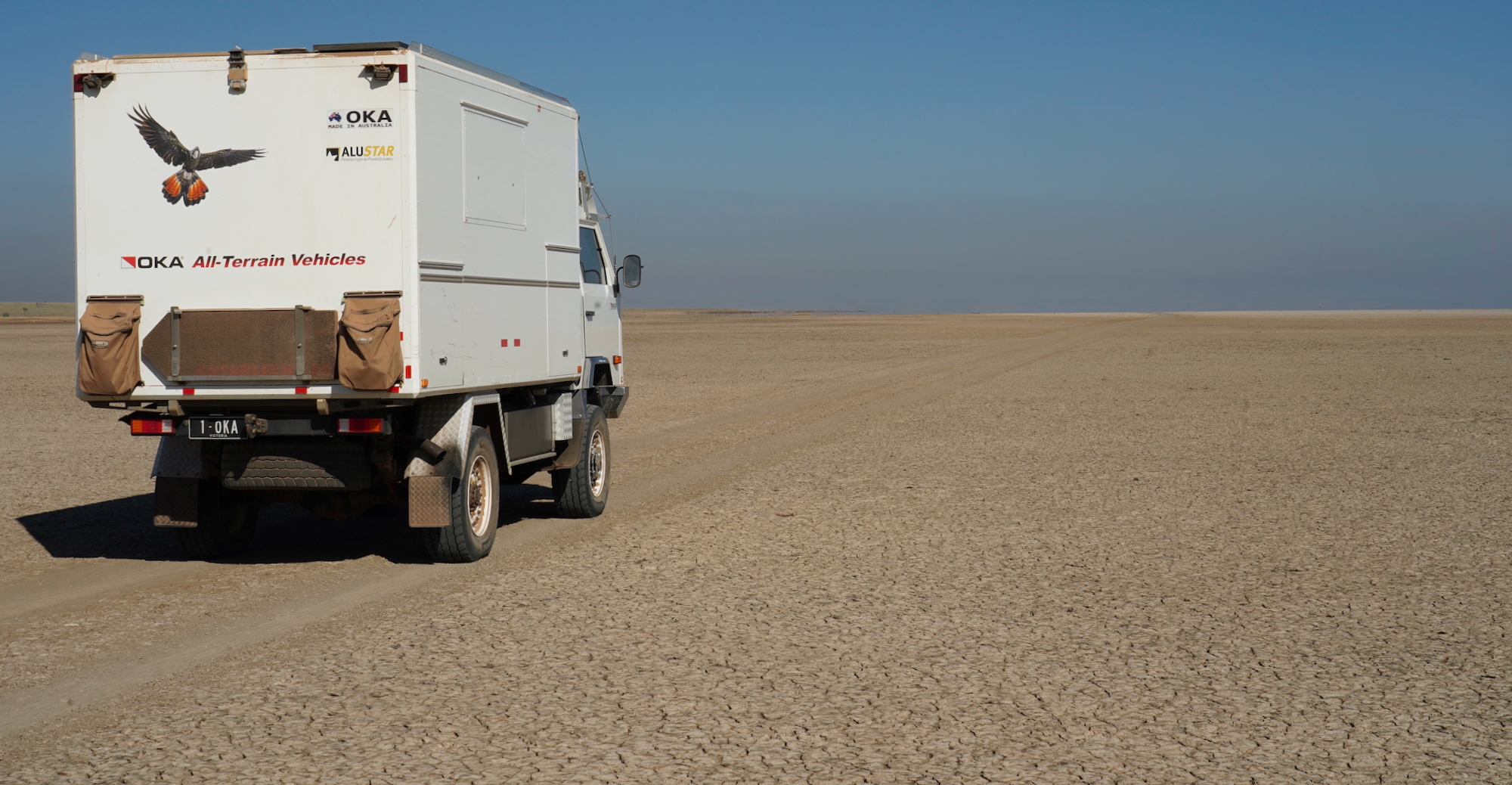Here are a couple of photos we invite your input on.

The first is a regular occurrence on dusty ground. Every night. We wake in the mornings to find these ‘inverted cones’ in the dust or the sand. All different sizes, some alone, some in multiples. We assume it must be the work of either insects or small animals of some description. Can anyone tell us what makes these ‘holes’ & perhaps what their purpose is?
EDIT: Since writing the above, by coincidence we found the answer in a Queensland Parks brochure. The conical holes are made by the larvae of lacewings (a flying insect) called ‘Ant-lions’. These larvae, obviously capable of movement, create the holes which are ant traps. The unwitting ant attempts to cross the hole & falls down it’s steep, loose sides into the waiting pincers of the larvae. I had no idea that larvae could have pincers!
Secondly we have seen these ‘lines’ of ‘material’ on white barked gum trees, but only on the non-white patches which many have. The ‘material’ is soft & granular in appearance, & easily brushed off the tree with one’s hand. We wondered if they might be insect eggs of some sort, but the quantity, & size might suggest otherwise. Anyone know?



I was going to say “Antlions” too – my Dad pointed them out to me and taught me about them when I was a wee tot. They are very pretty insects. xx
G’day. The Ant Lions is the answer to the first puzzle. In fact I have been pointing them out to people for many years. Here is a barbarous test you can do. Capture a poor defenceless unsuspecting ant and drop it into one of the traps, even on the upper edge. Its struggles will alert the “lion” who will flick more sand at the ant so it falls to the bottom of the trap. The second puzzle is, I believe, residue and excreta from a particular borer. Eucaplypts are wonderful homes to all manner of life including several borers none of which actually harm the tree. One borer in particulat tends to burrow out of sight under the bark, the dust and excreta falls downwards and collects in a fluffy type of mass.